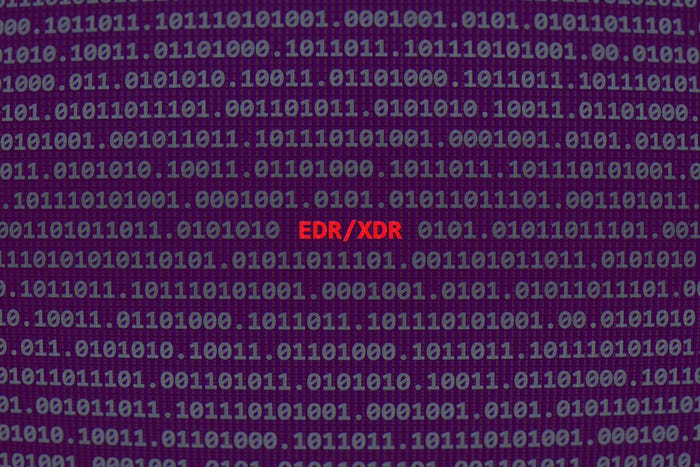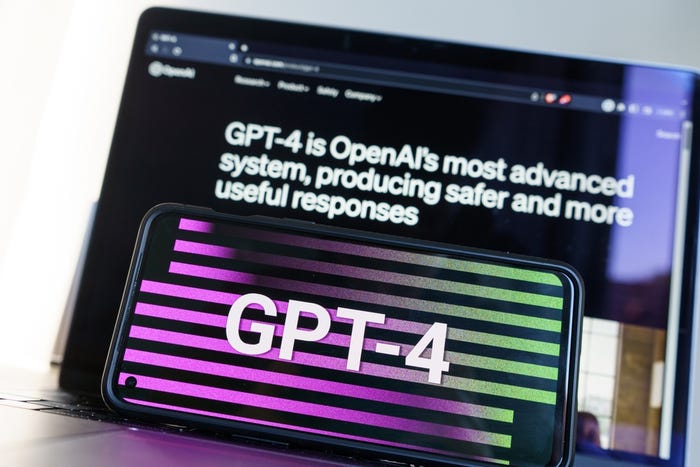Social networks such as LinkedIn, MySpace, Facebook, and microblogging sites such as Twitter are all fertile grounds for both social engineering and technical attacks. It can get even nastier when you combine the two. Too bad we haven't learned anything about secure coding practices and proper authentication in the past 20 years or so.
August 11, 2008

Social networks such as LinkedIn, MySpace, Facebook, and microblogging sites such as Twitter are all fertile grounds for both social engineering and technical attacks. It can get even nastier when you combine the two. Too bad we haven't learned anything about secure coding practices and proper authentication in the past 20 years or so.You'd think security experts would be less susceptible to social engineering attacks, right? They'd never click on a dubious link sent to them. And they can spot phishing attacks before the e-mail even strikes their in-box. Not so fast. What happens when you combine the trust most of us implicitly provide to LinkedIn and Facebook profiles, or even to those who have signed up for Twitter, with malicious intent and a little crafty coding? Mayhem. That's what happens.
Or, at least that's what could happen, according to a presentation given by two security experts at this week's Black Hat and Defcon security conferences. Both Shawn Moyer, founder of consultancy Agura Digital Security, and Nathan Hamiel, senior security consultant for Idea Information Security and founder of the Hexagon Security Group, delivered a lively talk and demonstration on how dangerous these networks can be.
In a sneaky social engineering tactic, the researchers created a bogus Marcus Ranum (with his approval, of course) profile on LinkedIn. It wasn't too long before Marcus was getting connection requests. These requests included the security officer at a Fortune 100 company, a journalist, and CSO at a security vendor. While the team didn't exploit the connections, they very well could have leveraged this level of trust. They explained that their "fake Marcus" could very well have dispatched a link to a malicious Web site that could have downloaded a malicious application -- without ever suspecting anything. Within no time, after sending 50 connection requests, the fake Ranum account had more than 40 connections.
Scary, huh? Not as scary as the plethora of extremely simple combination social engineering and technical hacks possible on platforms such as Facebook and MySpace. And both explained how wide open the application programming interface (APIs) are on these sites, which allow unrestricted data exchange with applications and are open to what's known as cross-site scripting and other types of Web-based attacks.
As a case in point, Hamiel and Moyer demoed how easy it is to hijack a user profile; Add comments from a fake user profile to not only log out a legitimate user, but log them out each time they try to log back onto the site. Oh, yeah, they also could kick out each user that accesses the profile.
Kind of makes you wonder whether we're about to experience the same type of software-based and social-engineering attacks we've had to endure throughout the past 20 years, only with a new Web 2.0 moniker.
About the Author(s)
You May Also Like
The fuel in the new AI race: Data
April 23, 2024Securing Code in the Age of AI
April 24, 2024Beyond Spam Filters and Firewalls: Preventing Business Email Compromises in the Modern Enterprise
April 30, 2024Key Findings from the State of AppSec Report 2024
May 7, 2024Is AI Identifying Threats to Your Network?
May 14, 2024
Black Hat USA - August 3-8 - Learn More
August 3, 2024Cybersecurity's Hottest New Technologies: What You Need To Know
March 21, 2024




